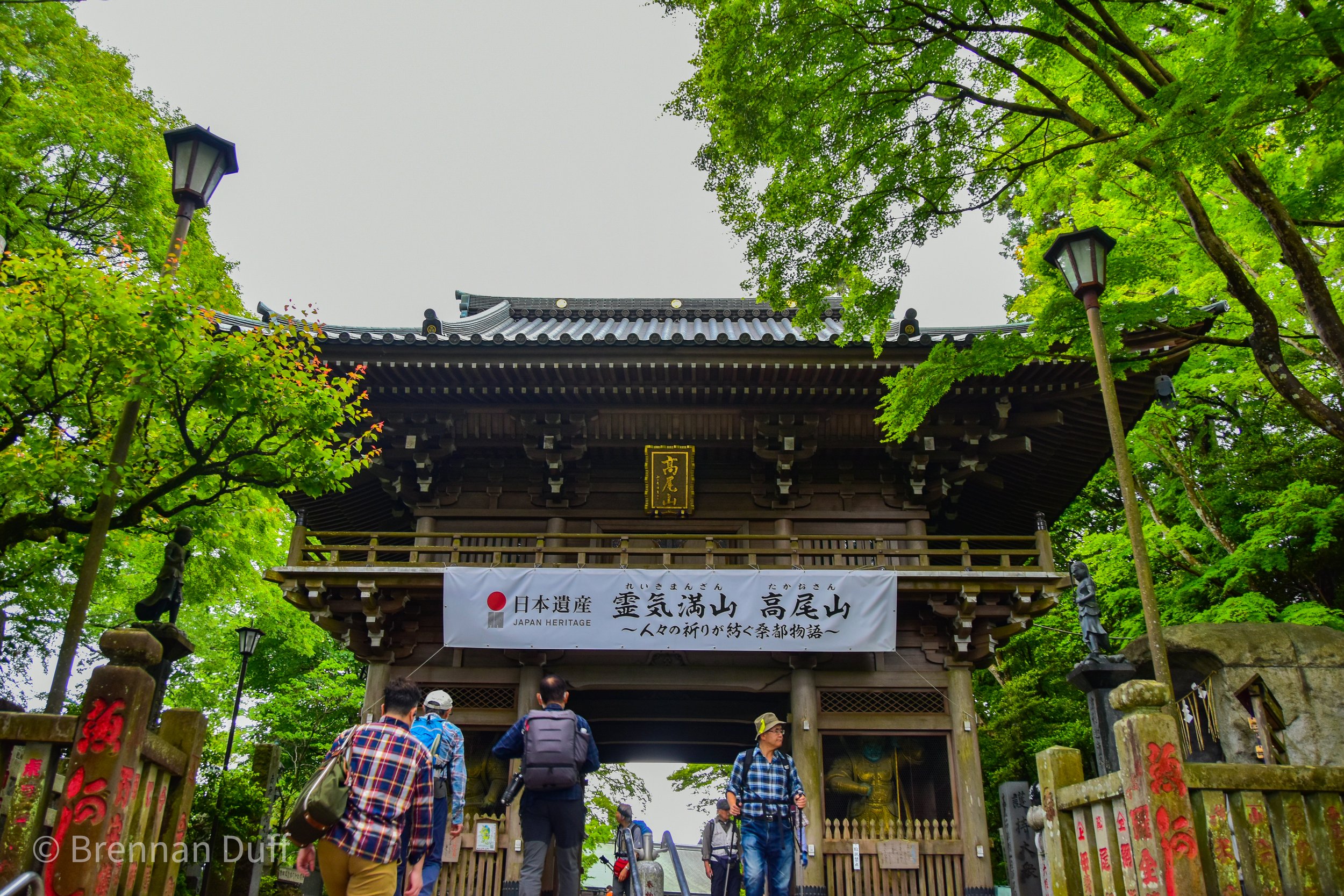Zuihôden (Zuihôji)
Zuihôden is specifically the mausoleum of renowned Sengoku Period warlord Date Masamune (1567-1636 C.E.). As one of the most powerful warlords of his time and founder of the city of Sendai, he was one of the most influential people of his time. He died at the age of 70 in Edo (now Tokyo) and was laid to rest at Zuihôden in an oppulant mausoleum indicative of Edo Period architecture, meaning lots of color and gold. The building today is a recreation because Sendai was mostly destroyed by carpet bombing campaigns by American pilots in WWII. Reconstruction of the mausoleum did yeild remnants of Masamune’s body and was laid to rest again. The artifact fragments are on display in the Sendai City Museum and the Zuihôden Museum. Masamune’s son Tadamune, and grandson Tsunamune are buried in similar mausoleums around the corner along with memorial steele to the Boshin War victims, the war which ended the Tokugawa Shogunate and the reinstallment of imperial political control under Emperor Meiji.
For the casual: 6. For the educated: 9.
Zuihôden is a beautiful building with vibrant colors and elaborate carvings. It’s a small building, but it’s still cool that this is the resting place of Date Masamune. I read in one of my sources that the surrounding pine forest represented the longevity of Miyagi and the prosperity of the Date clan. I wasn’t able to verify if it was real, but it did bring my attention to the woods which are very beautiful. The warmth of the wood with the additional glow of golden hour made it especially beautiful when I was there. I don’t think a person would feel bad if they missed going to this location, but I really thought that the significance of Masamune to the identity of the city, in addition to the raw beauty of the location, really made it worth the short trip for me.
This creature is called a kirin, it’s a Chinese unicorn which brings good luck. Fun fact, when the first giraffes were brought to east Asia, they thought they were these mythical unicorns so the Japanese for giraffe is also kirin.
The middle crest is the Date clan’s crest.










